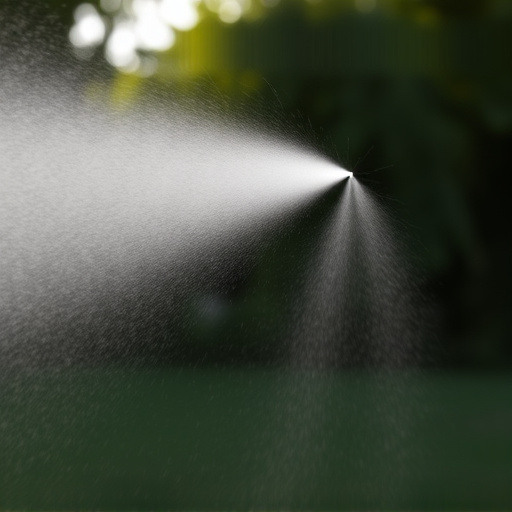The Pepper Spray Holster Placement Guide is crucial for law enforcement, offering specialized training and protocols for safe deployment during civil unrest. Optimal placement at waist level ensures quick access to pepper spray equipment, enhancing officer safety and crowd control effectiveness while minimizing accidental discharge risks.
Riot control agents, such as pepper spray, are essential tools for law enforcement dealing with civil unrest. Effective management of these powerful substances requires understanding their legal frameworks and proper application techniques. This guide explores crucial aspects, starting with a deep dive into the legal regulations surrounding riot control agents. We then uncover various pepper spray equipment types, detailing their functionality. Furthermore, it presents a comprehensive Pepper Spray Holster Placement Guide, offering optimal strategies for secure and efficient control during high-pressure situations.
- Understanding Riot Control Agents: Legal Frameworks
- Pepper Spray Equipment: Types and Functionality
- Effective Holster Placement for Optimal Control
Understanding Riot Control Agents: Legal Frameworks
Riot control agents, such as pepper spray, are powerful tools employed by law enforcement to manage and disperse large crowds or individuals who pose a threat during civil unrest, protests, or other high-tension situations. These agents operate by causing temporary yet intense discomfort, including burning sensations, tear gas, and difficulty breathing, leading to the individual’s desire to retreat and disperse. The legal frameworks surrounding their use are stringent, with varying regulations based on jurisdiction.
In many countries, the deployment of riot control agents is governed by specific laws and policies that dictate when, where, and how they can be used. For instance, officers must often receive specialized training in the handling of these substances and adhere to strict protocols for safe storage and application, including proper Pepper Spray Holster Placement Guide to ensure both officer safety and the effective use of the agent. Legal repercussions for misuse can be severe, underscoring the importance of understanding and adhering to these legal frameworks.
Pepper Spray Equipment: Types and Functionality
Pepper spray, a widely used riot control agent in law enforcement, comes in various forms and equipment. A Pepper Spray Holster Placement Guide is essential for officers to ensure quick and efficient access during high-pressure situations. The standard equipment includes a handheld canister, which is easy to use but may not offer the same level of protection when dropped or lost.
For more robust scenarios, officers can opt for pepper spray guns or pump-action sprayers, providing a longer reach and higher concentration of irritants. Holsters for these devices are designed for strategic placement, allowing officers to protect their eyes, face, and body while maintaining mobility. Proper training in the use of pepper spray equipment is crucial to ensure its effectiveness and minimize risks associated with its deployment.
Effective Holster Placement for Optimal Control
Optimal Pepper Spray Holster Placement is paramount for effective riot control. Law enforcement officers should position the holster at the waist level, allowing for swift and easy access. This strategic placement ensures that the agent can quickly deploy the spray when needed, maximizing its impact during volatile situations.
A well-designed Pepper Spray Holster Guide recommends securing the holster firmly but comfortably. It should be angled slightly downwards to prevent accidental discharge while enabling a smooth draw. Following this guide will enhance officer safety and efficiency in managing crowds, making it an indispensable tool for riot control strategies.
Riot control agents, particularly pepper spray, are powerful tools for law enforcement, but their effective use hinges on proper equipment and holster placement. This Pepper Spray Holster Placement Guide has outlined the legal frameworks governing these agents, different types of equipment available, and the optimal positioning of holsters to ensure officers can respond swiftly and safely during high-pressure situations. By understanding and implementing these strategies, law enforcement agencies can enhance their ability to maintain public order while safeguarding both citizens and officers.
